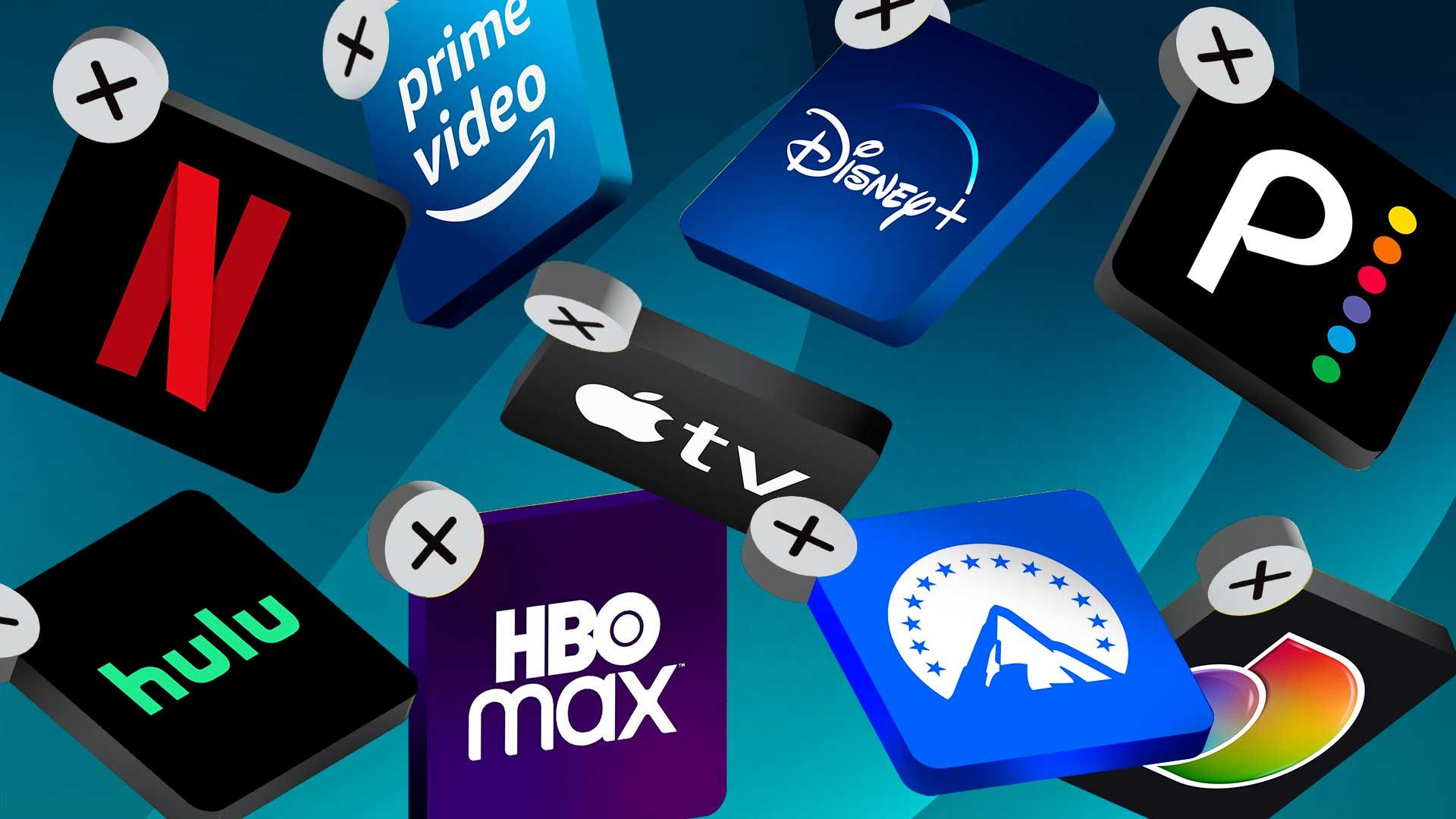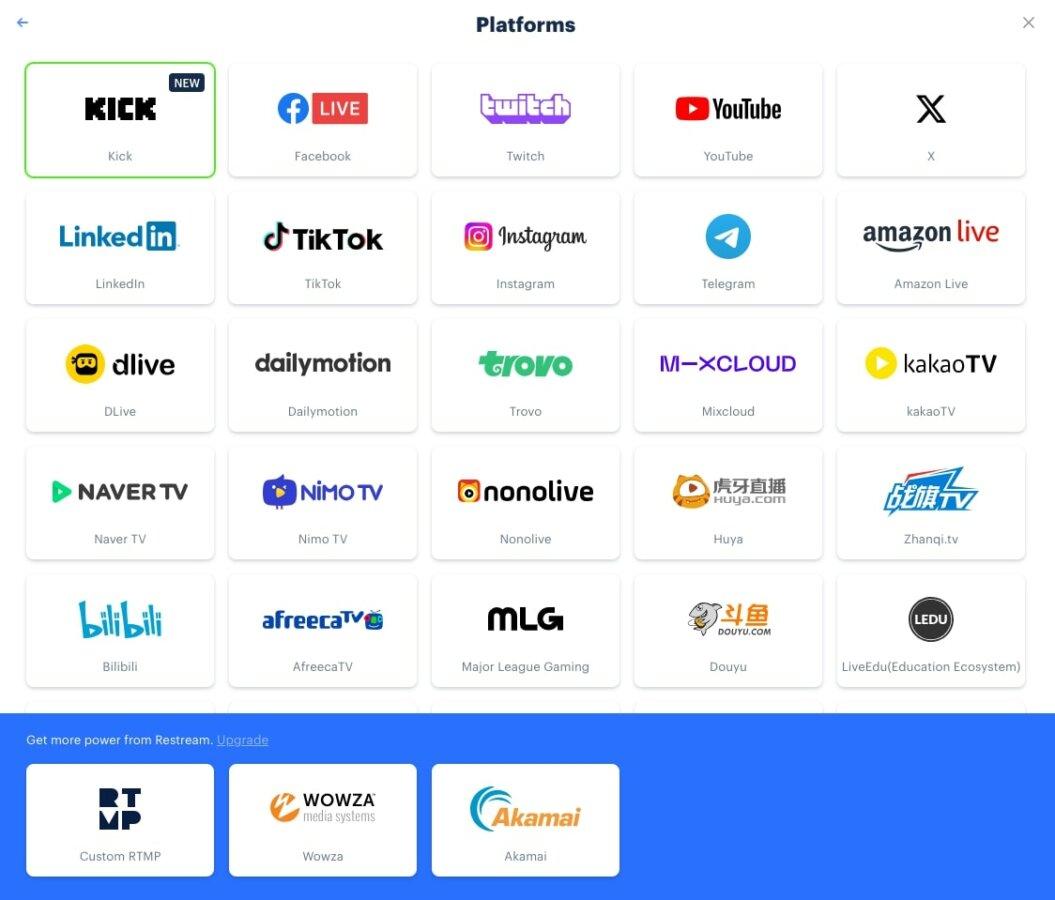In recent years, the landscape of digital entertainment has undergone a dramatic transformation, driven largely by the proliferation of streaming platforms. What once began as a convenient alternative to traditional cable television has now evolved into a sprawling marketplace, with an ever-increasing number of services vying for consumer attention. As viewers navigate this complex web of options, a critical question arises: are too many streaming platforms fragmenting the market? This article aims to explore the implications of this trend, examining both the opportunities and challenges it presents for consumers, content creators, and the industry as a whole. By analyzing the current state of the streaming ecosystem, we will assess whether the abundance of choices is empowering audiences or overwhelming them, and consider what the future might hold for this rapidly evolving sector.
Understanding the Proliferation of Streaming Services
In recent years, the landscape of entertainment has shifted dramatically with the explosion of streaming services. This rapid expansion can be attributed to several key factors:
- Technological Advancements: The rise of high-speed internet and smart devices has made streaming content more accessible than ever before.
- Content Variety: Streaming platforms offer a diverse range of content, from blockbuster movies to niche documentaries, catering to various audience preferences.
- Original Productions: Platforms are investing heavily in original content to differentiate themselves and attract subscribers.
While these services provide unparalleled choice, they also pose a challenge for consumers who now face the task of navigating a fragmented market. Subscription Fatigue is becoming a common concern as individuals are required to juggle multiple accounts to access their desired content. This situation raises questions about the sustainability of the current model and whether consolidation or new solutions might emerge to streamline viewer experiences.

Analyzing the Impact of Market Fragmentation on Consumers
The explosion of streaming services has introduced a diverse array of options for consumers, but this abundance comes with its own set of challenges. As platforms vie for exclusive content and subscriber loyalty, consumers are often left juggling multiple subscriptions to access their favorite shows and movies. This can lead to increased costs and fragmented viewing experiences, as users must navigate between different interfaces and payment systems. The convenience of having everything in one place is slowly giving way to a more scattered digital landscape.
Consumers face several implications due to this market fragmentation, including:
- Increased Expenses: Subscribing to multiple services can strain budgets, as costs accumulate with each additional platform.
- Content Accessibility: Certain shows or movies may be exclusive to specific platforms, forcing consumers to subscribe to multiple services to access all desired content.
- User Experience Challenges: Navigating various user interfaces and remembering multiple passwords can lead to frustration and inconvenience.
- Choice Overload: With so many options available, consumers may experience decision fatigue, making it harder to choose what to watch.
These factors collectively impact the consumer’s ability to enjoy a seamless and cost-effective streaming experience, prompting a critical examination of how streaming platforms can better serve their audience in a crowded market.

Exploring the Challenges for Content Creators in a Fragmented Market
In today’s digital landscape, content creators face an increasingly complex environment as the proliferation of streaming platforms continues to fragment the market. With each service vying for exclusive content and audience attention, creators are compelled to navigate a web of opportunities and challenges. The abundance of platforms has led to increased competition, making it crucial for creators to strategically decide where and how to distribute their content. To thrive, creators must consider factors such as platform-specific audience demographics, monetization options, and content format compatibility.
- Diversification Dilemma: While having multiple platforms to choose from can be advantageous, it also presents the challenge of maintaining a consistent brand presence across varied interfaces and user experiences.
- Monetization Maze: Each platform offers different revenue models, ranging from ad-based income to subscription fees. Creators need to evaluate which model aligns best with their content and audience.
- Audience Engagement: Engaging with audiences across multiple platforms requires tailored strategies to ensure effective communication and sustained viewer loyalty.
As the market continues to evolve, content creators must remain adaptable, leveraging data analytics and audience feedback to optimize their approach. By understanding the unique demands of each platform, creators can better position themselves to capture audience attention and maximize their content’s reach and impact.

Strategies for Consumers to Navigate the Streaming Landscape
As the number of streaming platforms continues to grow, consumers are faced with the challenge of navigating a fragmented market. To make the most out of your streaming experience, consider these strategies:
- Bundle and Save: Look for bundle deals that combine multiple streaming services at a discounted rate. These packages often offer a variety of content without the need to subscribe to each platform individually.
- Rotate Subscriptions: Instead of subscribing to multiple services at once, consider rotating your subscriptions based on content availability. This allows you to binge-watch your favorite shows and movies without the burden of numerous simultaneous subscriptions.
- Utilize Free Trials: Take advantage of free trial offers to explore different platforms and their content libraries. This can help you determine which service provides the best value for your viewing preferences.
- Leverage Family Plans: Share the cost of subscriptions with family members or friends using family plans. This approach not only reduces individual costs but also expands the range of available content.
By adopting these strategies, consumers can effectively manage their streaming subscriptions, ensuring they get the best value and access to their preferred content without feeling overwhelmed by the market’s fragmentation.
Closing Remarks
the proliferation of streaming platforms has undeniably transformed the way audiences consume content, offering unprecedented access and variety. However, this expansion also poses significant challenges, such as market fragmentation and consumer decision fatigue. As the industry continues to evolve, both providers and consumers must navigate this complex landscape thoughtfully. Providers should consider strategic partnerships and innovative content delivery models to maintain competitive advantages and ensure sustainability. Meanwhile, consumers can benefit from evaluating their viewing habits and preferences to make informed decisions about their subscriptions. By understanding these dynamics, stakeholders can better adapt to the changing media environment, ensuring a balanced and enriching entertainment experience for all.







































